
Lancia Beta Monte Carlo - 1980 by Perico001 1.995 cc
4 Cylinder
120 bhp
Vmax : 195 km/h
Autoworld
www.autoworld.be
Brussels - Belgium
October 2020 https://flic.kr/p/2jYhvm7
from Tumblr https://somar78.tumblr.com/post/633208764274769920

Lancia Beta Monte Carlo - 1980 by Perico001 1.995 cc
4 Cylinder
120 bhp
Vmax : 195 km/h
Autoworld
www.autoworld.be
Brussels - Belgium
October 2020 https://flic.kr/p/2jYhvm7

Lancia by bogdan0v https://flic.kr/p/oBbtPe

Lancia by rosarioclapsphotographer https://flic.kr/p/UYQYcH

Manifattura Automobili Torino New Stratos by lu_ro Instagram https://flic.kr/p/2fuzGc4
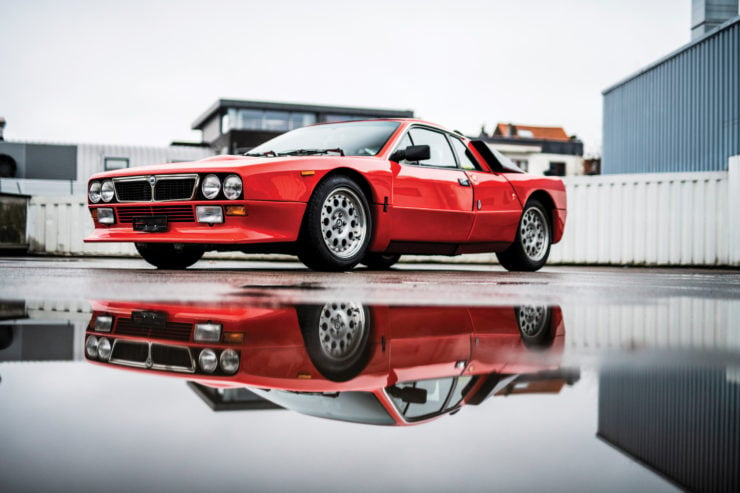
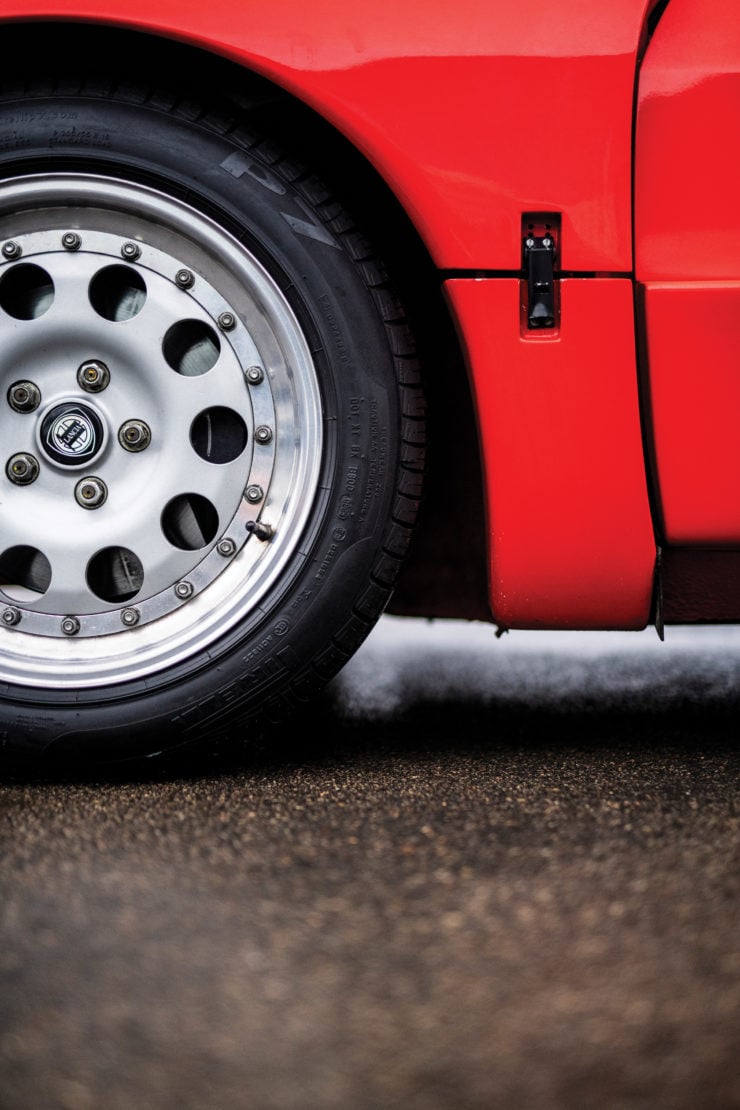
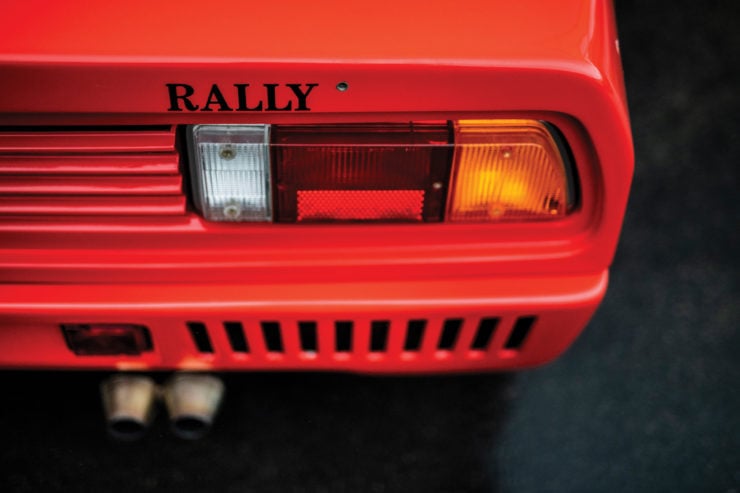
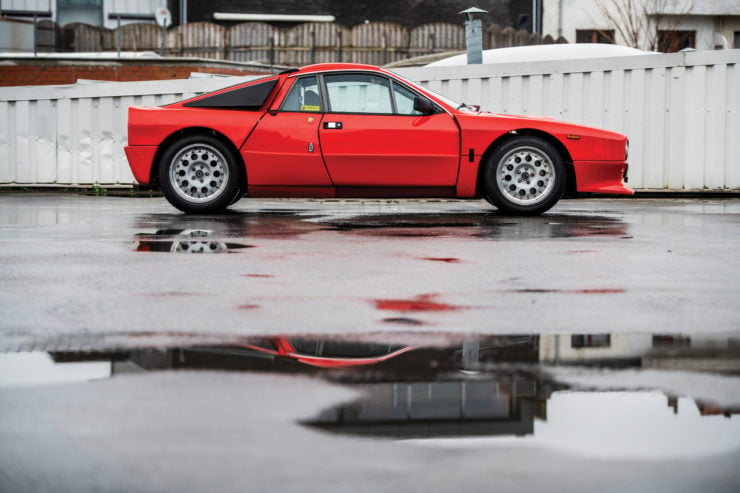
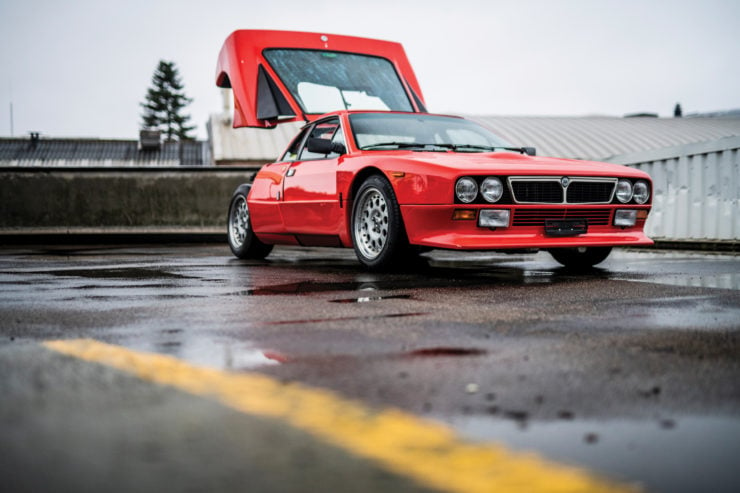
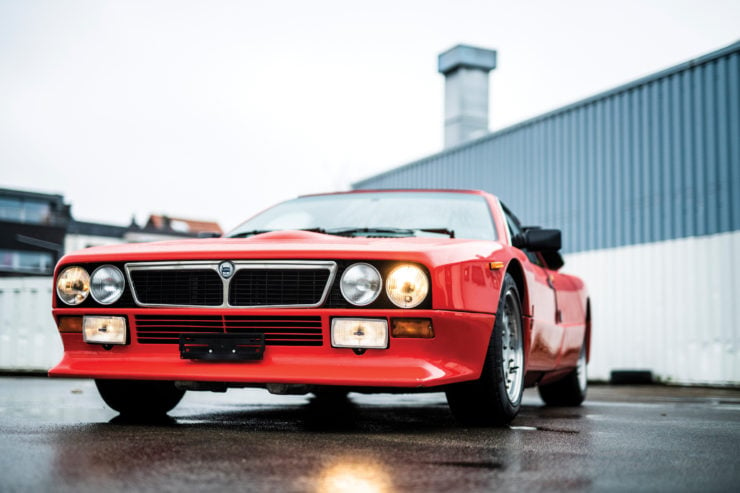
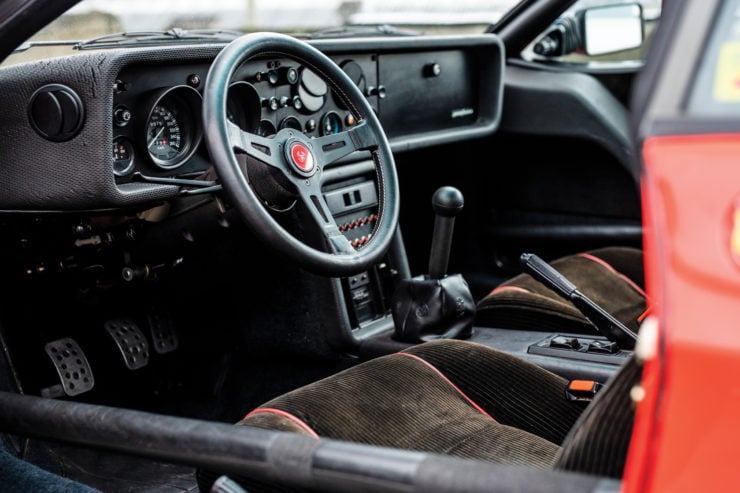
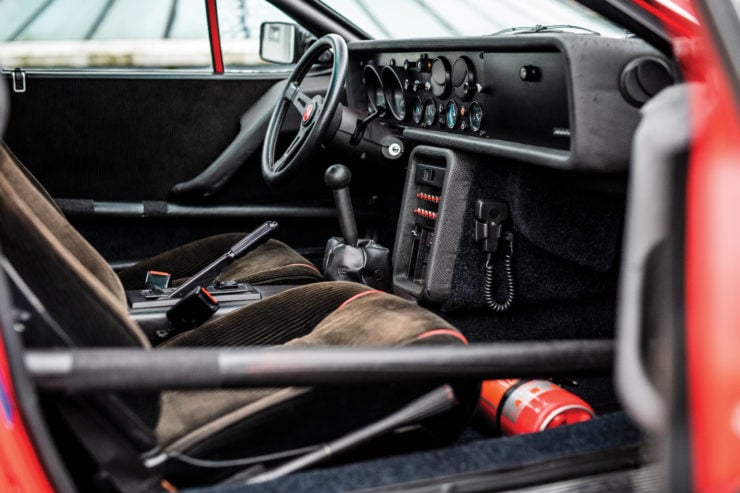
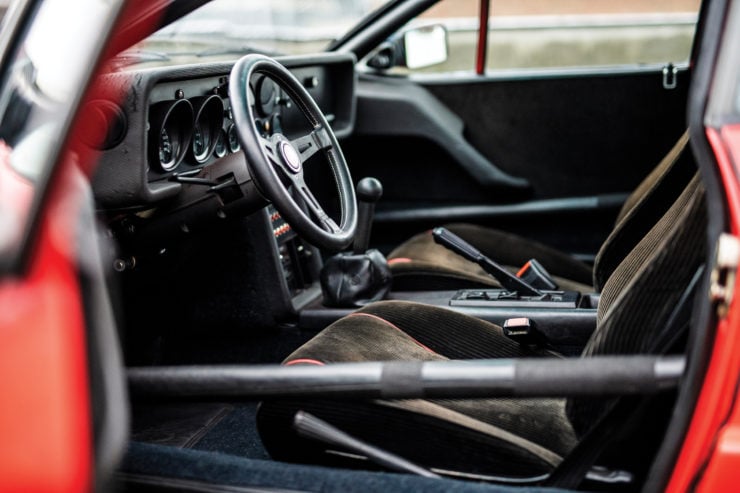
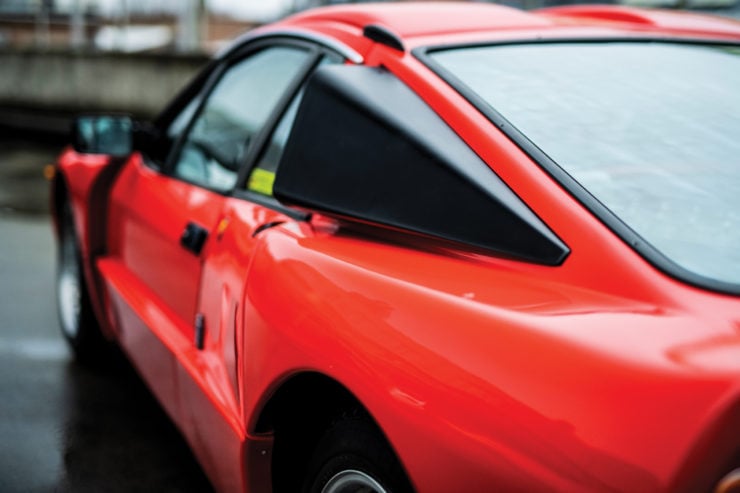
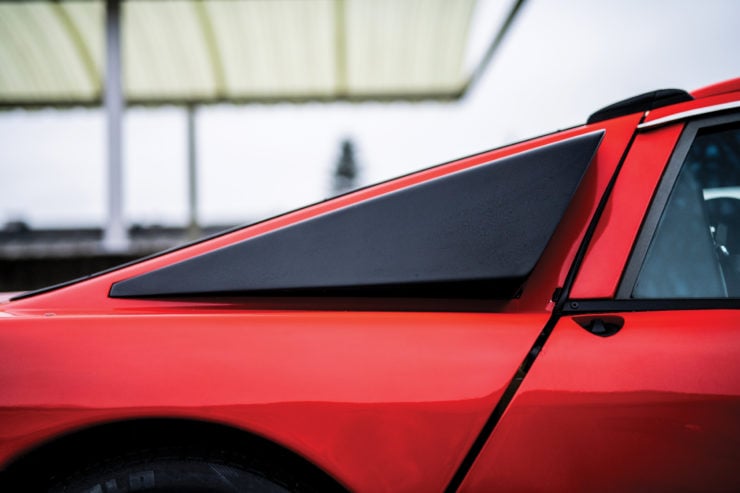
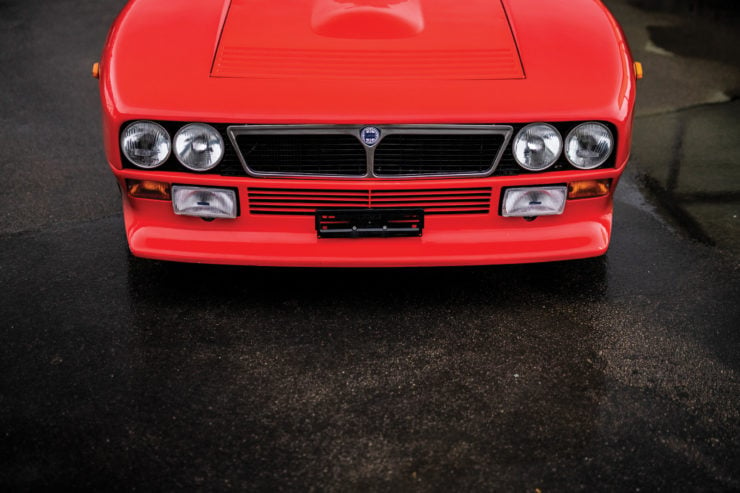
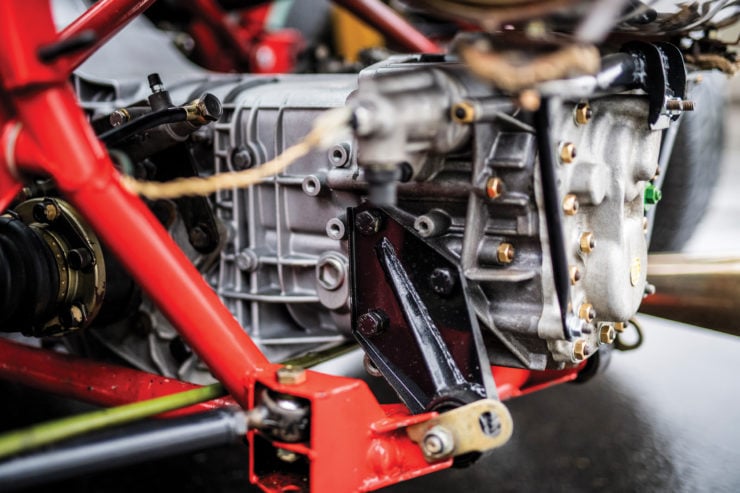
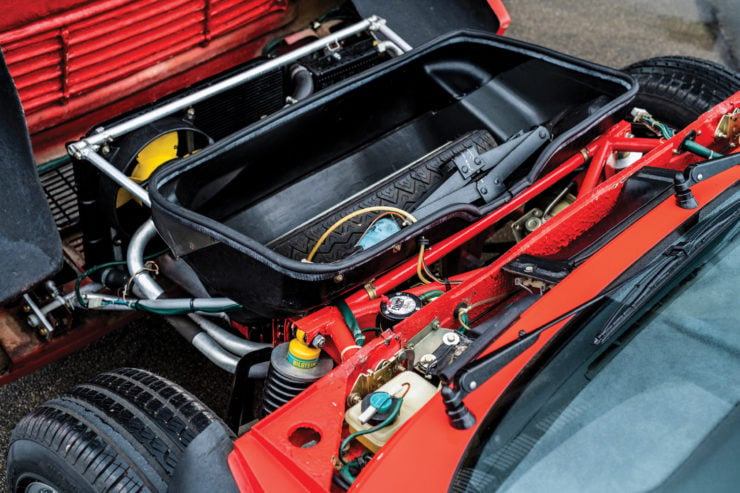
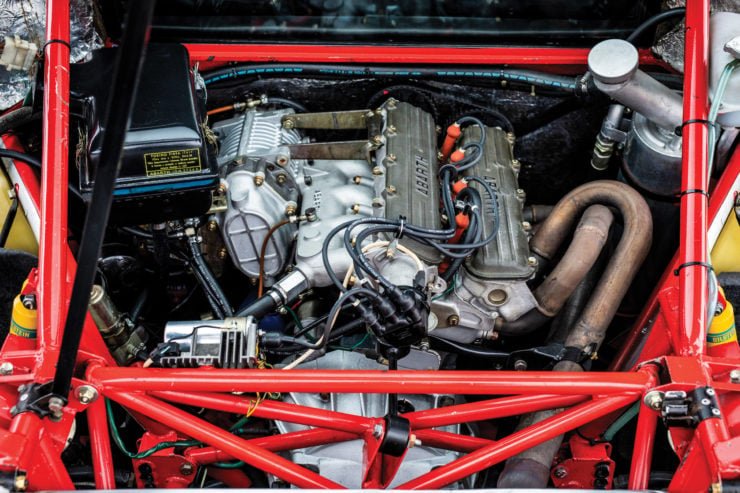
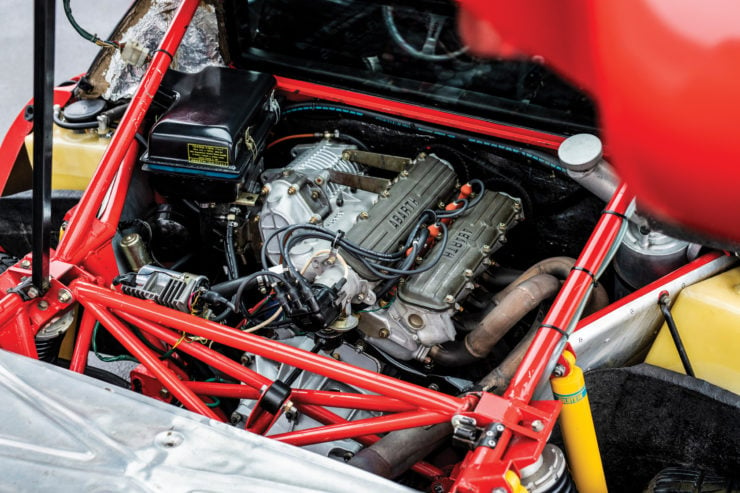
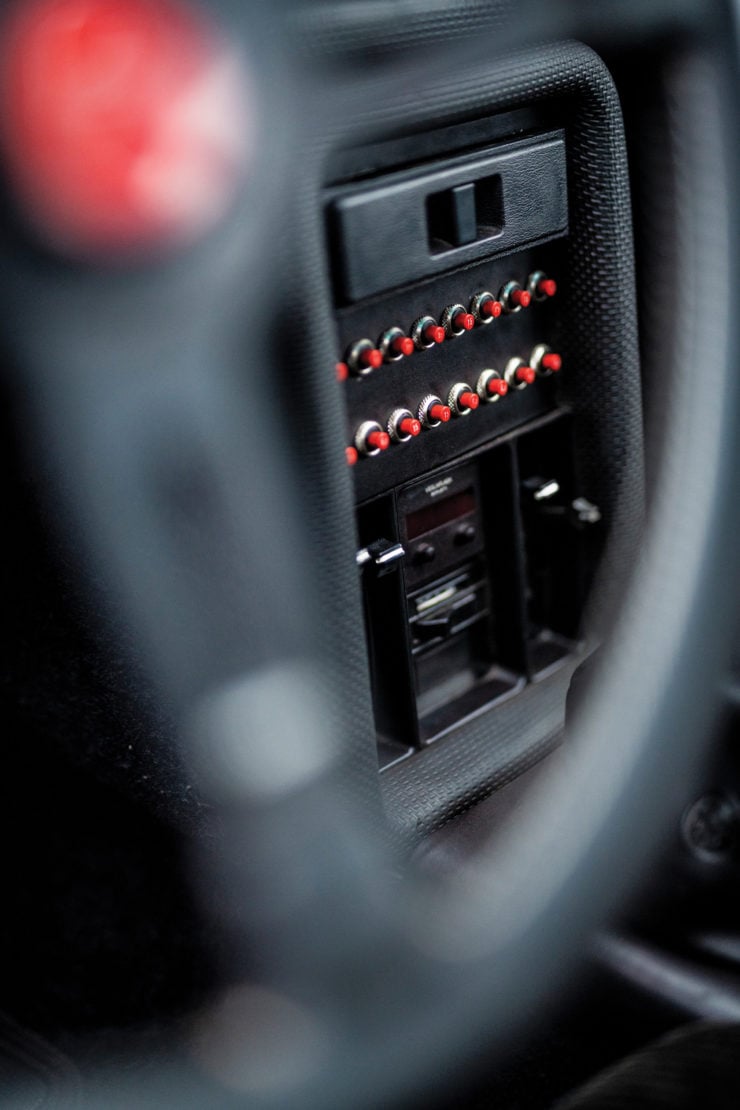
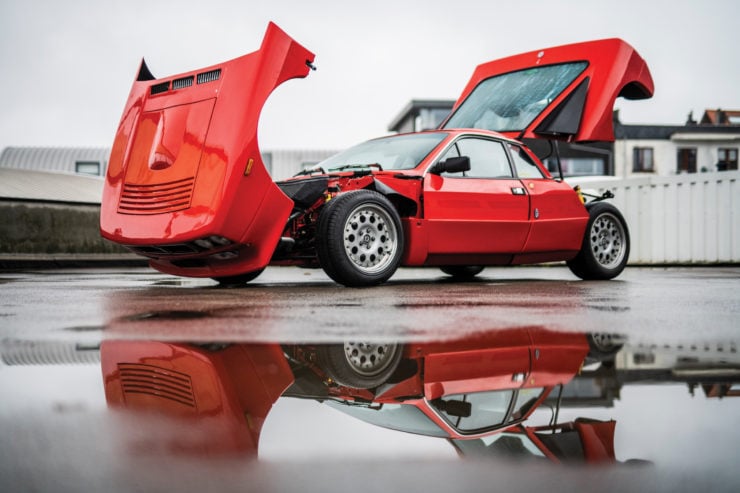
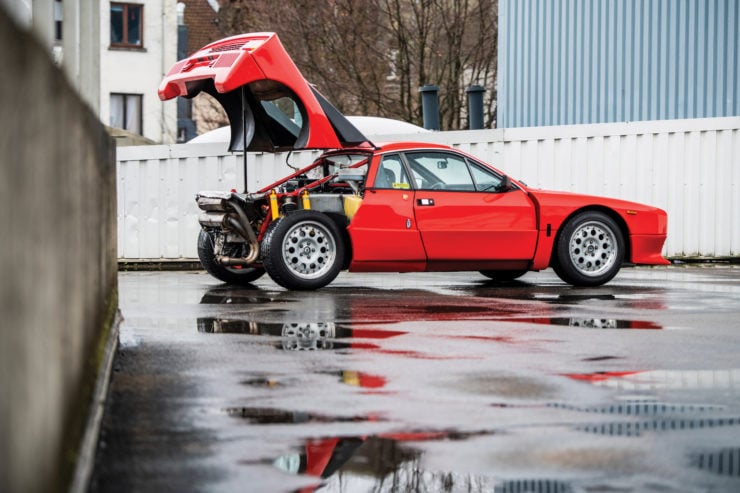
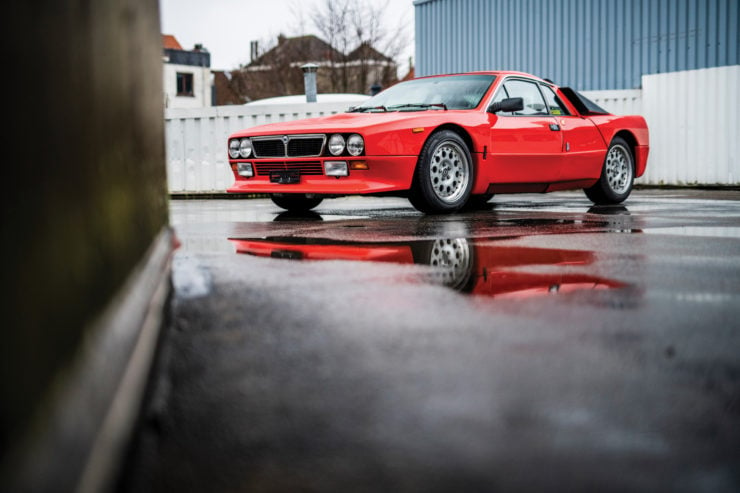
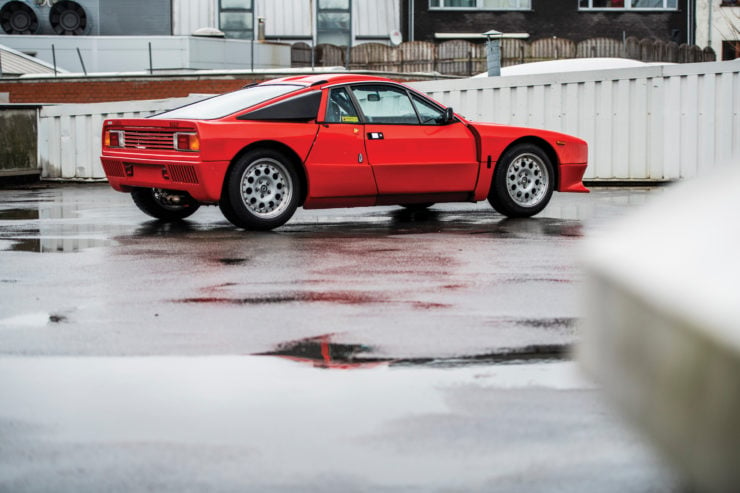

Lancia Flavia 1800 Sport Coupé - 1963 by Perico001 Coachwork by Zagato
For this project Ercole Spada was given a free hand and the result could undoubtedly be called exceptional. A mere 101 models of the Flavia sport were built with a 1.500 cc engine (90 bhp). Of the 1.800 cc (105 bhp) version 539 saw the light of day, including 32 models with Kugelfischer injection.
In the Spotlight : Carrozzeria Zagato 100 Years
14/09/2019 - 01/12/2019
Autoworld
www.autoworld.be
Brussels - Belgium
October 2019 https://flic.kr/p/2hGFSoX
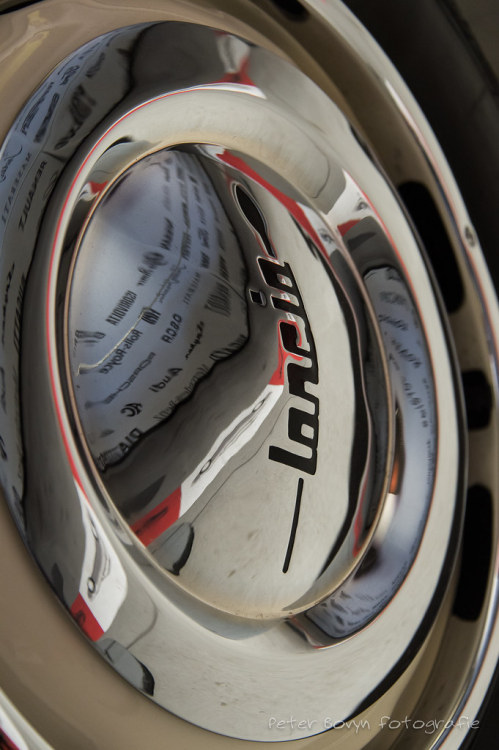
Lancia Flaminia Super Sport Coupé Zagato - 1966 by Perico001 Der Flaminia, benannt nach der historischen Römerstrasse von Rom an die Adria, baute Lancia als Automobil der Oberklasse von 1957 bis 1970 in knapp 13.000 Exemplaren. Er wurde 1957 als Berlina in Genf vorgestellt. Der Flaminia wurde in mehreren Versionen gebaut, Zagato steuerte zwischen 1959 un d 1967 den Flaminia Sport in drei Versionen bei. Die Supersport-Version fertigte Zagato in den Jahren 1964-1967 als letztes Modell der Flaminia-Sport-Serie in 150 Exemplaren. Insgesamt wurden 593 Flaminia Sport und Super Sport verkauft.
2.775 cc
V6
152 PS
Vmax : 210 km/h
150 ex.
Expo: Zagato Swiss
Pantheon Basel
Forum für Oldtimer
Hofacker 72
Basel
Swiss - Schweiz
March 2017
https://flic.kr/p/TF7Y3S

Manifattura Automobili Torino New Stratos by lu_ro Instagram https://flic.kr/p/2eoBgyu

Lancia Flaminia 2.5 Berlina - 1960 by Perico001 The Flaminia, presented at the Turin Show in 1956 and put on sale as of 1957, was Lancia’s great flagship, the heir of the Aurelia. It was designed by Professor Fessia. It had a 60′ V6 Lancia engine (2.500 cc) derived from the one used previously in the Aurelia (the first engine in the world in this configuration and patented by Lancia) but this was later replaced with a more powerful 2.800 cc.
Sold at extremely high prices for the time and therefore with a rather low number of vehicles produced, it was still a top symbol of Lancia production in the post-war period and represented a flagship for that segment which is now defined as high quality construction and large, luxury saloons. There is room for six people to sit comfortably in the large driver and passenger compartment.
Worth noting are the two small fins on the back which, although influenced by the American style, were re-interpreted more elegantly by Pininfarina who took charge of the aesthetics. Due to its stateliness and aristocratic line (4.85 m long and 1.75 m wide), this vehicle became the car of statesmen and industrialists during the economic boom.
2.458 cc
V6
102 bhp @ 4.600 rpm
Vmax : 180 km/h
12.633 ex.
Museo Nicolis
Villafranca di Verona
Italy - Italia
February 2019 https://flic.kr/p/2hSCdKC
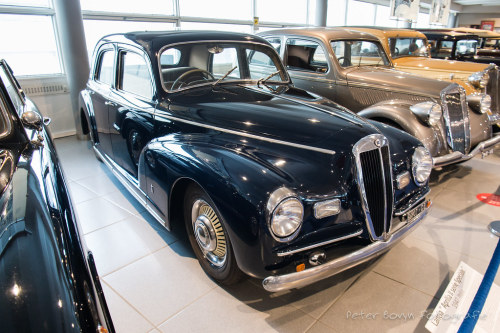
Lancia Aprilia Speciale Series 2 - 1947 by Perico001 Coachwork by Pinin Farina
Both the first and second Aprilia series were produced with different wheelbase chassis in order to be fitted with different types of bodies or be sold as rolling chassis for the independent bodybuilders. All the most important Italian bodybuilders (Bertone, Touring, Vignale, Pinin Farina to name a few) created beautiful bodies for the Aprilia, which sometimes looked like a small Astura.
In the 1930s, the showy and luxurious American style had influenced all the Italian and European bodybuilders, who after the war came back to a more linear elegance represented by the “pontoon fender” bodies, which integrated the fenders in the car line eliminating the deep modelling that had marked the previous style. The car on show in the museum was designed by Pinin Farina on a Type 439 long chassis. From this creation you can notice the evolution of the style with the headlights becoming a part of the front end and the disappearing side footboard. The natural evolution of this style would later lead to the creation of the Aurelia.
The Aprilia was a beloved and appreciated successful car, its production was stopped in 1949.
1.485 cc
V4
49 bhp @ 4.300 rpm
Vmax : 126 km/h
12.932 ex. (Series 2)
Museo Nicolis
Villafranca di Verona
Italy - Italia
February 2019 https://flic.kr/p/2hTDyXt